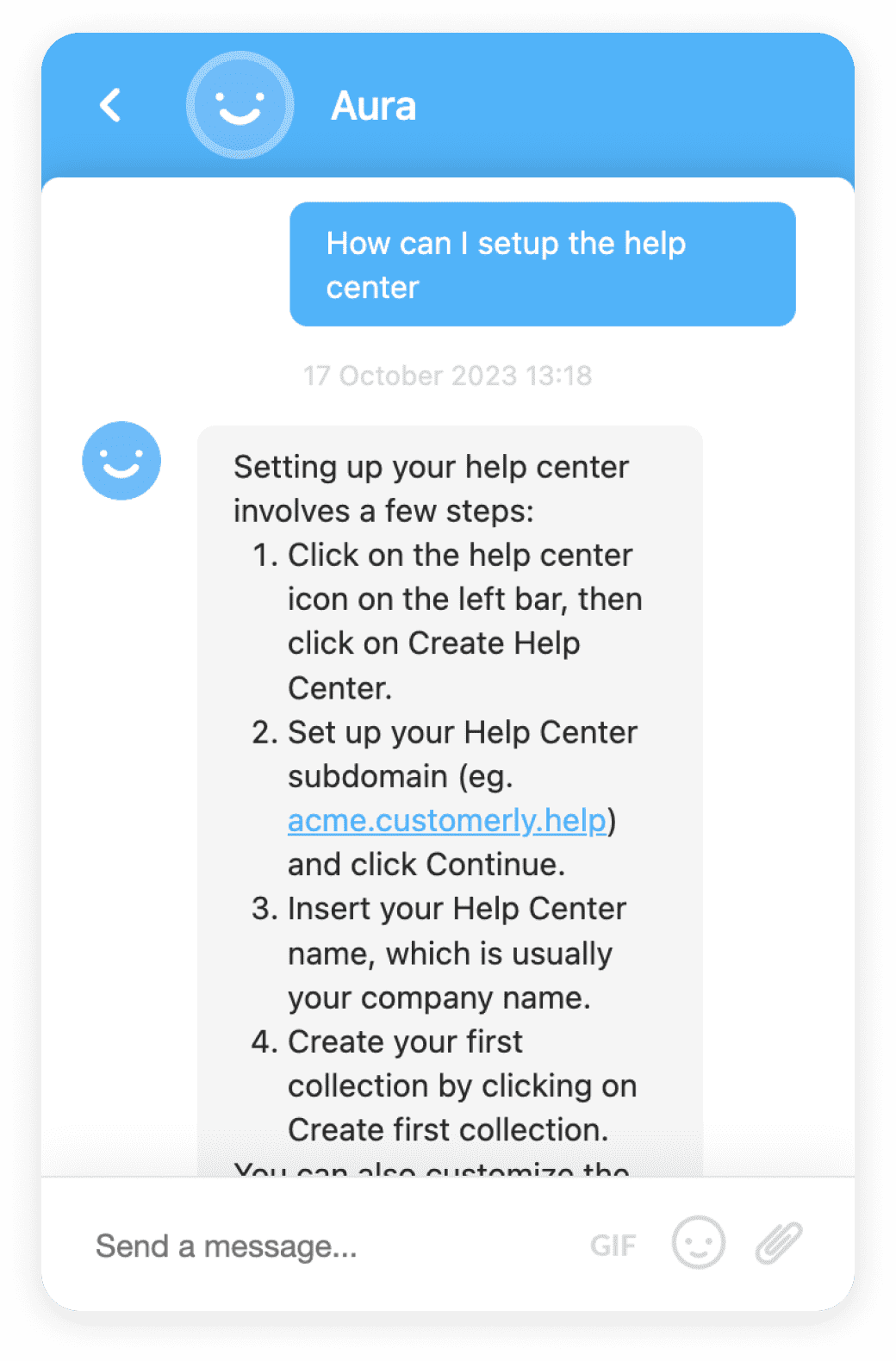Email Spoofing
Email spoofing is a technique used in cybercrime where the sender's address is altered to appear from a different source.
Definition
Email spoofing is a malicious practice where the sender's address and other parts of an email header are altered to appear as though the email originated from a different source. This technique is often used in phishing and spam campaigns because it tricks recipients into opening the email, believing it is from a trusted source.
Usage and Context
Email spoofing is commonly used by cyber criminals for phishing attacks, where they try to acquire sensitive information like login credentials or credit card details. They can also use it to spread malware or conduct corporate espionage. By making it seem like the email is coming from a trusted source, recipients are more likely to open it and interact with its content.
FAQ
What is Email Spoofing?
Email spoofing is a technique where the sender's address and other parts of an email header are altered to make it appear as though the email originated from a different source.
How is Email Spoofing used in phishing attacks?
In phishing attacks, email spoofing is used to trick the recipient into believing that the email is from a trusted source, making them more likely to open it and interact with its content.
Related Software
There are several software applications and services that can help protect against email spoofing, such as SPF (Sender Policy Framework), DKIM (DomainKeys Identified Mail), and DMARC (Domain-based Message Authentication, Reporting & Conformance).
Benefits
Understanding email spoofing can help individuals and organizations protect themselves from phishing attacks and other types of cybercrime. By being aware of the techniques used by cybercriminals, they can better defend against these threats.
Conclusion
Email spoofing is a significant threat in today's digital world. However, through awareness, the use of anti-spoofing software, and proper cyber hygiene practices, individuals and organizations can successfully protect themselves against this type of cyber attack.
Related Terms
Acceptable Spam Report Rate
Acceptable Spam Report Rate is the permissible percentage of email recipients marking an email as spam, used to gauge email quality and relevance.Anti-spam Laws
Anti-spam laws are regulations set by governments to prevent or restrict the sending of unsolicited electronic messages. They protect users from spam, scams, and maintain the integrity of communication channels.CAN-SPAM
CAN-SPAM is a US law regulating commercial emails, providing guidelines for legal emails and granting recipients the right to stop such emails.Email Spam
Email spam, also known as junk email, is unsolicited bulk messages sent through email. This term includes the definition, usage, FAQs, related software, benefits, and conclusion.Spam Filter
A spam filter is a program that detects unwanted email, preventing these messages from reaching a user's inbox. It improves email experience and security.











